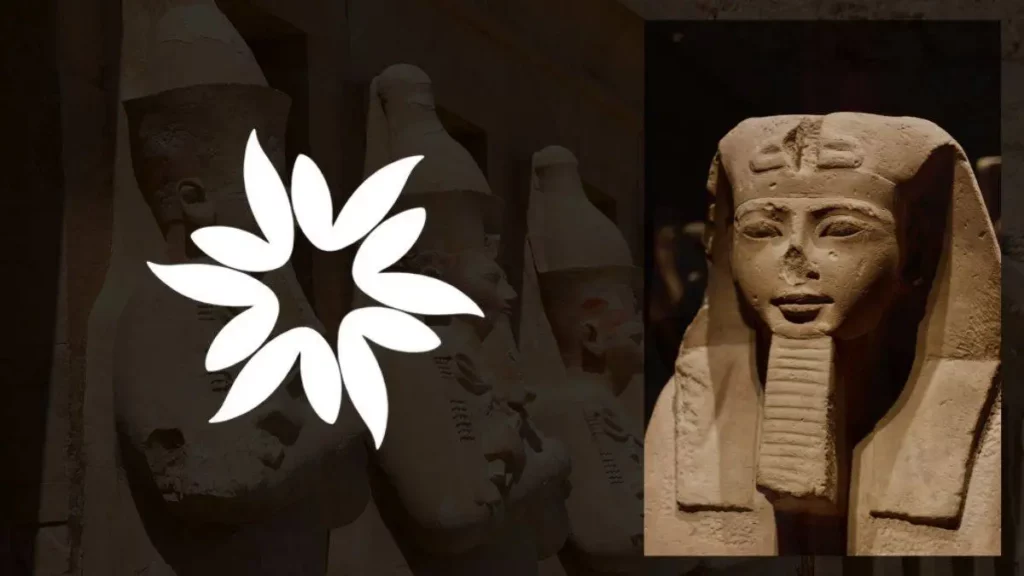Key Takeaways
- The term "Third World" originally referred to countries that did not align with either the capitalist or communist camps during the Cold War, but has since evolved to represent social and political aspirations as well.
- The concept of the Third World is a manifestation of colonialism's long shadow and global race relations, dividing the world into "First," "Second," and "Third."
- The fading relevance of the Third World concept has given way to new global realities, such as the rise of India, China, and other emerging powers, as well as the West co-opting anti-racist politics for its soft power.
- The term "Third World" is problematic and outdated, as it perpetuates stereotypes and hierarchy between nations.
- No single label can perfectly capture the complexities of the world's nations, and it is better to be specific or refer to countries by their individual names.
The term “Third World” was originally used to describe countries that did not align with either the capitalist or communist camps during the Cold War.
It was embraced by many African, Asian, and Latin American nations due to its revolutionary connotations.
The term was eventually replaced by the equally vague “Global South,” which highlights the divide between the victims of colonialism and their past tormentors, now known as the “Global North.”
Diverse Colonial Experiences and Alliances
The Third World countries had diverse colonial experiences, which led to varying levels of hostility towards the West.
Additionally, many of these countries were firmly allied with either Washington or Moscow during the Cold War.
The War on Terror created further tensions between Muslim-majority members of the bloc and the United States and Europe. As a result, the so-called Third World rarely acted collectively.
Third Worlds and Aspirations
The term “Third World” represents not only a geographical concept but also social and political aspirations.
Since the 1955 Afro-Asian Conference in Bandung and the Tricontinental Conference in Havana in 1966, formerly colonized peoples have worked to transcend imperial power dynamics and forge new relationships with one another.
The term “Third World” encompasses various political ideologies, including the autocratic “Third Worldisms” of figures like Muammar Gaddafi and the Marcoses.
Colonialism’s Long Shadow and Global Race Relations
The concept of the Third World can be seen as a manifestation of colonialism’s long shadow, reflecting global race relations and the caste system that divided the world into “First,” “Second,” and “Third.”
The idea of a lesser non-European world enabled both the victors and the vanquished of the Second World War to remain reassured of their centrality in global politics.
The Fading Concept and Emergence of New Realities
The concept of the Third World has faded in recent decades, giving way to new global realities.
The rise of India, China, and other emerging powers like Turkey, Brazil, Egypt, and Indonesia has led to a new global multipolarity.
This has been accompanied by the emergence of the “Indo-Pacific” concept, which aims to manage this new reality in line with the West’s new priorities, such as balancing China.
Co-opting Anti-Racist Politics
Another development is the co-opting of anti-racist politics under the rubric of “diversity” as the West seeks to refresh its soft power after the War on Terror.
Third World diasporas’ calls for racial equality are now channeled into elite-led diversity initiatives that speak of “social license.”
Diaspora successes are used to demonstrate that Western societies are now multicultural utopias, no longer posing predatory threats to the world they once colonized.
Rethinking the Term “Third World”
When an armed mob took over the U.S. Capitol building, many people, including TV journalists and social media users, compared the event to something that might happen in a “Third World” country.
This term, however, is problematic as it often connotes a sense of superiority and inferiority between nations.
Ngozi Erondu, a senior scholar at the O’Neill Institute at Georgetown University, argues that the term “Third World” assumes that people from non-“First World” countries live vastly different, impoverished lives, with less inherent value as humans.
Dr. Abraar Karan, a Harvard Medical School staff member, emphasizes that there is no “Third World,” only the oppressed and the oppressors.
“Developing countries” is a term that might seem like a better choice than “Third World.”

A Divided World: Origins of the Term
The concept of a world split into three domains emerged in the 1950s during the early stages of the Cold War. French demographer Alfred Sauvy wrote about “Three worlds, one planet” in a 1952 article for the French newspaper L’Observateur.
The “First World” consisted of the U.S., Western Europe, and their allies; the “Second World” was the communist bloc, including the Soviet Union, China, and Cuba; and the “Third World” included nations that aligned with neither group.
The “Third World” term became synonymous with countries facing poverty, inadequate healthcare, and weak democracies.
In the 21st century, however, many scholars and citizens from these nations argue that the term is outdated, insulting, and confusing.
Alternative Terms: Developing Countries and Beyond
“Developing countries” is a term that might seem like a better choice than “Third World.”
However, some argue that this term also assumes a hierarchy between nations, and perpetuates stereotypes about people from these countries as backward, lazy, or ignorant.
Geographic labeling, such as “global south” and “global north,” is another option, but this classification is also flawed due to the presence of impoverished countries in the north and wealthy countries in the south.
The World Health Organization uses the term “low- and lower-middle-income countries” (LMIC) to categorize nations based on World Bank statistics.
However, this classification also has its shortcomings, as income levels only provide partial insight into a country’s situation. Some experts propose classifications based on a combination of income and equality.
The Imperfections of Sweeping Labels
The truth is that no single label can perfectly capture the complexities of the world’s nations.
Elsa D’Silva, founder and CEO of the Red Dot Foundation, suggests being specific when describing a country’s situation.
For example, if a nation lacks a robust healthcare system, simply say so.
D’Silva also mentions that the late Hans Rosling, a professor of global health, referred to countries not yet in the upper-income category as “the rest of the world.”
Ultimately, it may be best to refer to countries by their individual names.








